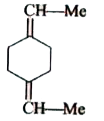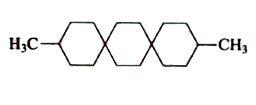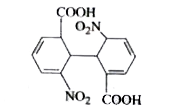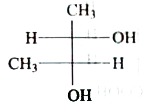Recommended Questions
- Which of the following compounds are optically inactive but exhibit ge...
04:12
|
Playing Now - Which of the following compounds will exhibits trans (geometrical) iso...
01:34
|
Play - Both geometrical and optical isomerism are exhibited by
10:41
|
Play - Both geometrical and optical isomerism are exhibited by
10:41
|
Play - The complex which exhibits geometrical as well as optical isomerism is...
Text Solution
|
Play - Which of the following will exhibit geometrical as well as optical iso...
Text Solution
|
Play - Which of the following complex compound exhibits geometrical isomerism...
04:37
|
Play - The complex which exhibits geometrical as well as optical isomerism is...
05:34
|
Play - Which of the following will exhibit geometrical as well as optical iso...
07:53
|
Play











